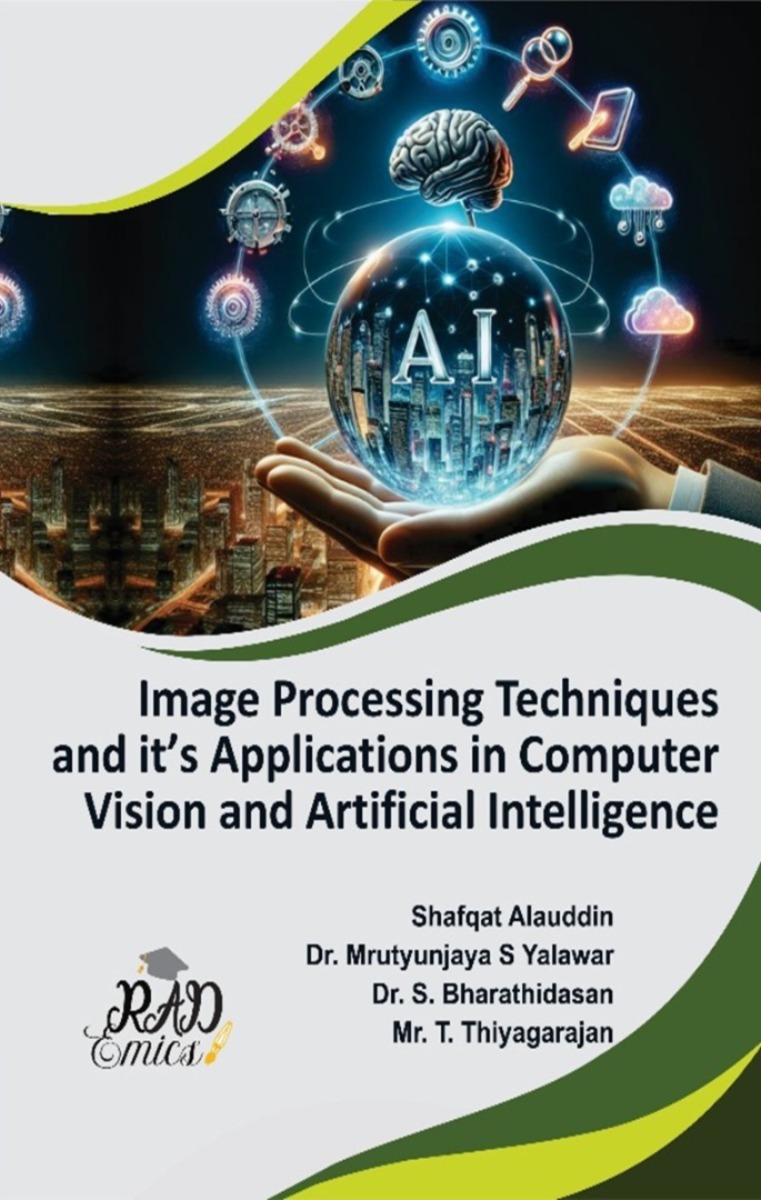
Peer Reviewed Chapter
Chapter Name : Video Processing Techniques for Motion Detection Object Tracking and Real-Time Analysis in Surveillance
Author Name : K. Lokesh, M. Baskar
Copyright: © 2024 | Pages: 31
DOI: 10.71443/9788197933660-15
Received: 27/05/2024 Accepted: 17/08/2024 Published: 30/10/2024
Abstract
This chapter presents a comprehensive exploration of video processing techniques, focusing on motion detection, object tracking, and real-time analysis within surveillance systems. The rapid growth of video data has underscored the necessity for advanced processing methodologies that can effectively analyze and interpret visual information in real time. By integrating state-of-the-art artificial intelligence (AI) and machine learning (ML) techniques, the chapter highlights the evolution of hybrid approaches that enhance detection accuracy and robustness in complex environments. Key evaluation metrics for assessing tracking performance are examined, emphasizing the importance of precision, recall, and computational efficiency. Furthermore, emerging trends such as edge computing and 5G technology are discussed, revealing their transformative potential for real-time video processing applications. This chapter serves as a critical resource for researchers and practitioners seeking to leverage cutting-edge technologies to improve video analytics in diverse domains.
Introduction
The advent of digital technology has led to an exponential increase in the volume of video data generated across various sectors, including security, healthcare, and entertainment [1]. As the demand for sophisticated video analytics rises, traditional methods of video processing are being challenged to evolve rapidly [2]. Real-time video analysis, particularly in the context of surveillance, has become increasingly essential for enhancing security measures and ensuring effective monitoring of environments [3]. This chapter delves into the fundamental techniques employed in video processing, emphasizing motion detection, object tracking, and their integration into real-time systems [4].
Motion detection was a critical component of video analysis that facilitates the identification of moving objects within a sequence of frames [5]. Effective motion detection algorithms are vital for various applications, such as intrusion detection and traffic monitoring [6]. These algorithms must efficiently distinguish between relevant movements and background noise, particularly in complex scenes where multiple objects present [7,8]. By utilizing advanced techniques, such as background subtraction and optical flow, modern motion detection systems can improve accuracy and reliability, addressing challenges such as occlusion and lighting variations [9-11].